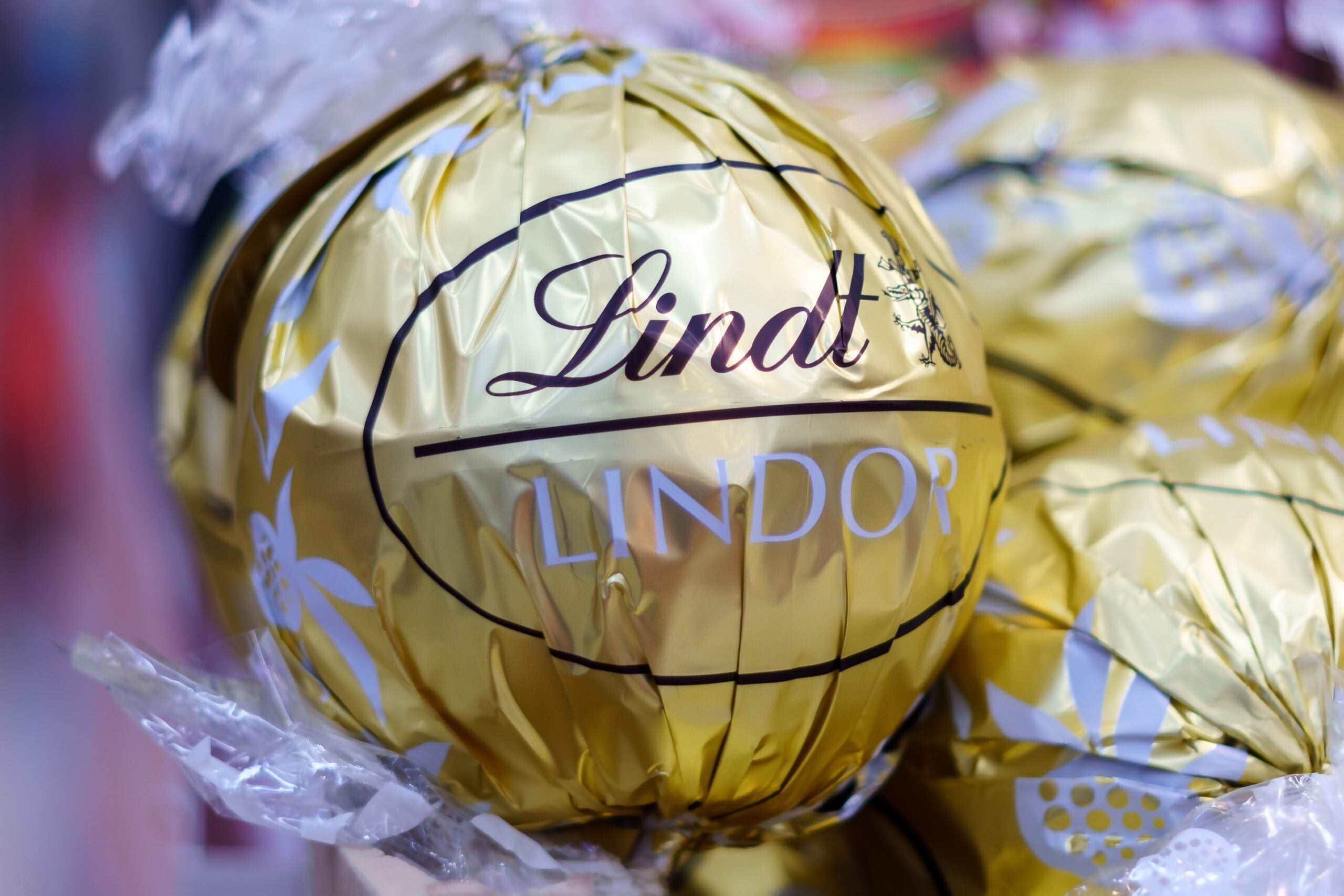
Lindt & Sprüngli posted positive volumes last year despite inflation-linked pricing, which helped the chocolate maker hold on to double-digit margins.
Dr. Adalbert Lechner, who was promoted to CEO of the Switzerland-headquartered business a year ago, has however, pointed to further price increases in the 2023 financial year. Despite his finance counterpart Martin Hug noting a decrease in some ingredients, the cost of cocoa is going up.
Nevertheless, as Lechner discussed the company’s financial results today (7 March) – with organic growth up 10.8% at CHF4.97bn (US$5.32bn) – he said “consumers have to be prepared to pay our premium prices” as the Lindor and Russell Stover brand owner seeks to “secure our premium positioning”.
Lindt & Sprüngli was still able to gain market share in its premium chocolate segment in spite of the inflationary headwinds, which were more pronounced in Europe due to the spiralling energy costs from the war in Ukraine, Lechner said as he outlined the impact.
“We saw soaring energy prices that also hit our P&L. The inflation we experienced was unprecedented in the last decades and we saw it globally. Of course the war in Ukraine is perceived a bit more intense here in Europe. In the US and in the rest of the world the spending behaviour of consumers was still a bit more robust and positive.”
Russia withdrawal
Lechner today described Lindt & Sprüngli’s exit from Russia last year as more of an “emotional impact”, although the withdrawal weighed on sales. The net trade impact (NTS) was 120 basis points on the business in Europe and 60 basis points for the group as a whole. The CEO would not, however, be drawn into giving away the effect on profits.

US Tariffs are shifting - will you react or anticipate?
Don’t let policy changes catch you off guard. Stay proactive with real-time data and expert analysis.
By GlobalData“It was not, let’s say, a huge impact in our P&L but it was an impact. And to be honest, it was more also, let’s say, an emotional impact for us because we had a quite promising business there. We had consumers which were excited about the brand. We had retail stores which were accepted fantastically by the Russian consumers. We had more than 100 employees who were fully committed and loyal,” he explained during today’s conference call.
A question was posed on any difficulties Lindt & Sprüngli had experienced with respect to its assets linked to the Russia withdrawal.
“We made sure, as we decided in March ’22, that we first of all close all our retail stores and secondly stopped all the exports from Switzerland. So we only sold off the inventories that we had physically in Russia. But we made a clear commitment to all the employees that we would employ them until the end of 2022, which we did. We also cooperated right from the beginning with the authorities in Russia. So we did not face any issues in winding down the business.”
Europe remains the company’s largest global market, particularly Germany, with a 46.2% share, closely followed by North America at 40.8%. There is “huge room to grow” in the rest of the world region, Lechner said.
Lindt & Sprüngli increased its EBIT print by 15.5% to CHF744.6m, with the margin rising to 15% from 14.1%. EBITDA climbed 10.4% to exceed the CHF1bn barrier for the first time at CHF1.02bn.
Net income was up 16.1% at CHF569.7m. Of the 10.8% organic growth, price and mix made up 8% and volume was just shy of 3%.
Cost inflation
CFO Hug explained how the price of milk and sugar “almost doubled” last year, while packaging costs went up by about 20%. The price of cocoa, however, is now at GBP2,000 (US$2,397) a tonne, compared to GBP1,751 a year ago. “Cocoa was actually more or less flat in 2022,” he said.
Hug added: “We had to do price increases of around four-ish percent and also going forward, we’d have to do price increases because of course if some of your key ingredients like milk and sugar double in price, it’s very difficult to manage.”
Boosting efficiency is a key cost management tool, as well as pricing, Hug said: “It’s our number one priority. Increase efficiencies and growth because with growth we can get operating leverage and then only what we cannot get back from efficiencies we will do a price increase.”
Lechner was coy on giving away anything on pricing as he was asked to comment on retailer negotiations.
“To go out with substantial price increases in the current environment is not a walk in the park. So there are ongoing discussions with our trade partners. And I would expect the price increases to be in the same area as they have been last year, but the details are not yet known.”



